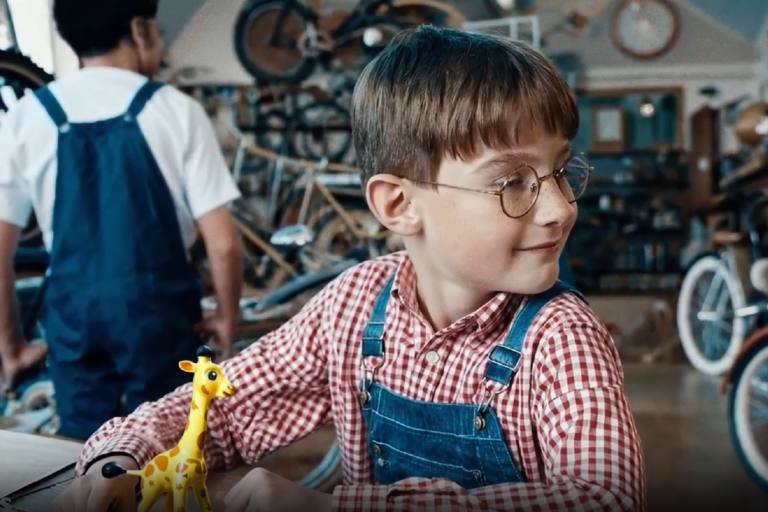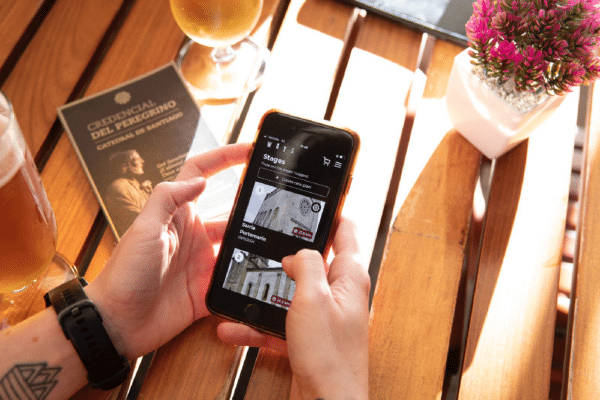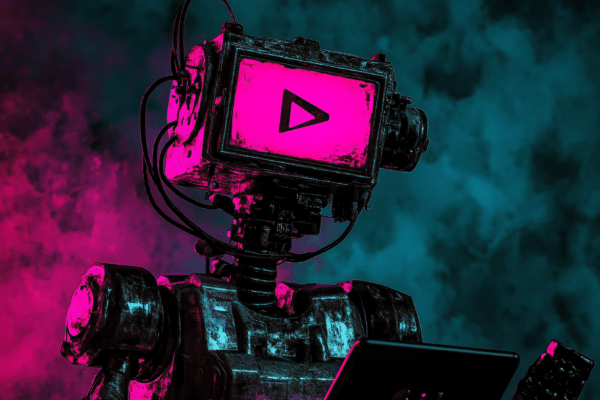The toy store Toys "R" Us has released a promotional video that has drawn both praise and criticism on the internet. The one-minute video was created almost entirely using OpenAI's Sora tool, which converts text to video and is not accessible to the public.
The commercial, titled "The Origin of Toys 'R' Us"," features company founder Charles Lazarus as a child and his pet, Geoffrey the Giraffe. The video premiered at the Cannes Film Festival and sparked thousands of reactions on social media.
The reactions were mixed. Some creative professionals praised the work as "brilliant" and "exciting" while others called it "an "abysmal insult" that "should horrify". Kim Miller Olko, Chief Marketing Officer of Toys "R" Us and President of Toys "R" Us Studios, told The Wall Street Journal that the commercial was an opportunity to experiment with cutting-edge technology: "The train has left, and we decided to get on board first"
According to Nik Kleverov, creative director of agency and production company Native Foreign, creating the video was not just a matter of pushing a button. About 20 people, including designers, art directors and animators, worked together to create each shot, giving Sora several paragraphs of instructions. Kleverov explained that the tool often misinterpreted the creators' intentions, sometimes requiring hundreds of text revisions.
One particular challenge was telling the AI tool the motivations of the characters in order to achieve the right facial expressions and movements. Sora did about 80 to 85% of the work. the team made small corrections to the images, similar to adjusting colors or removing blemishes in traditional post-production.
Reactions
The final result contained numerous shortcomings, which online critics were quick to point out. For example, the virtual star of the ad does not look like the same child in every shot. However, Mark D'Arcy, former Chief Creative Officer and Vice President of Global Business Marketing at Meta Platforms, defended Toys "R" Us' bold move: "I would say it's mediocre and impressive the way it was done, and it's as good as most advertising being done these weeks."
Miller Olko emphasized that creating the ad required less budget, time and manpower than it would have without AI, which is one of the main attractions of this technology. This project presents a challenge for agencies that traditionally bill their clients by the hour and the number of people working on a project. Kleverov noted that they are still figuring out how to bill for this type of work because "it's not the typical production line"
The commercial is meant to reintroduce Charles Lazarus and Geoffrey the Giraffe and remind consumers that while Toys "R" Us only has two stand-alone stores in the United States, the brand is now in every Macy's store. Miller Olko explained that the company plans to air the commercial on various streaming platforms and is considering airing it on television before this year's vacation season.
Andy Kluthe, a cartoonist and illustrator, commented on X that Toys "R" Us should have hired actors instead of using AI, which would have made the video "a thousand times less creepy." The criticism was compounded by recent issues with AI and its relationship with creators. In May, for example, OpenAI stopped a voice feature after Scarlett Johansson threatened legal action because a voice generated by the tool sounded like hers.
Despite the criticism, the makers of the video at Toys "R" Us and Native Foreign consider the project to be a success. "I think it will become part of our toolbox. It was a test. It was successful. We learned a lot. If the opportunity comes up again and it's the right option, we will take it, but it will be one of many things we do," Miller Olko said.






